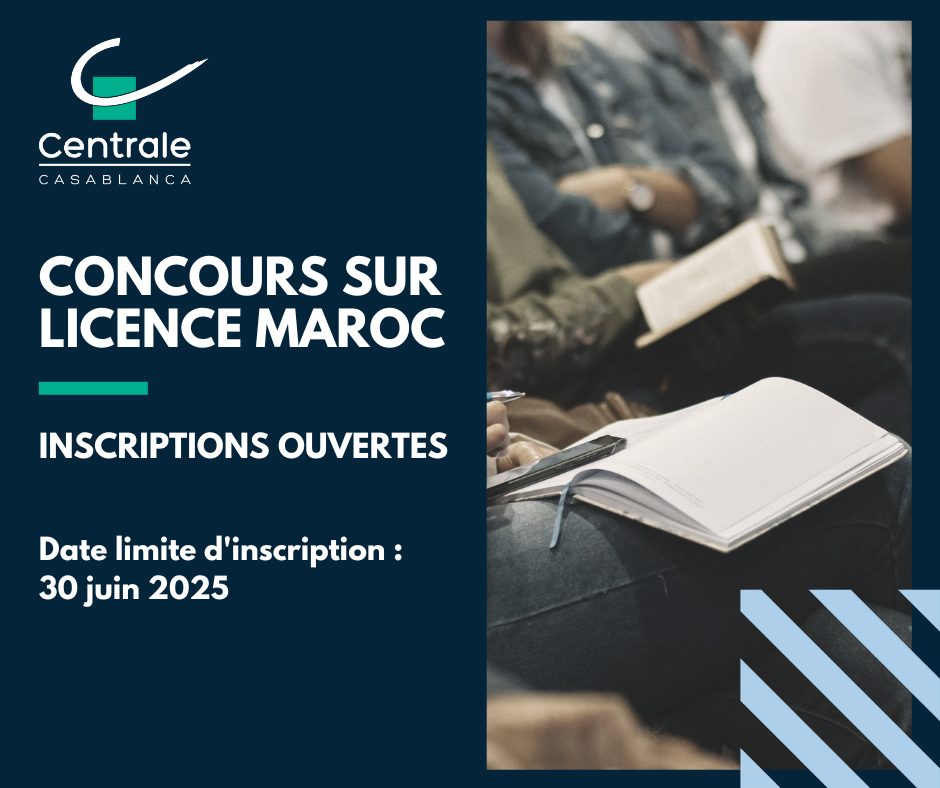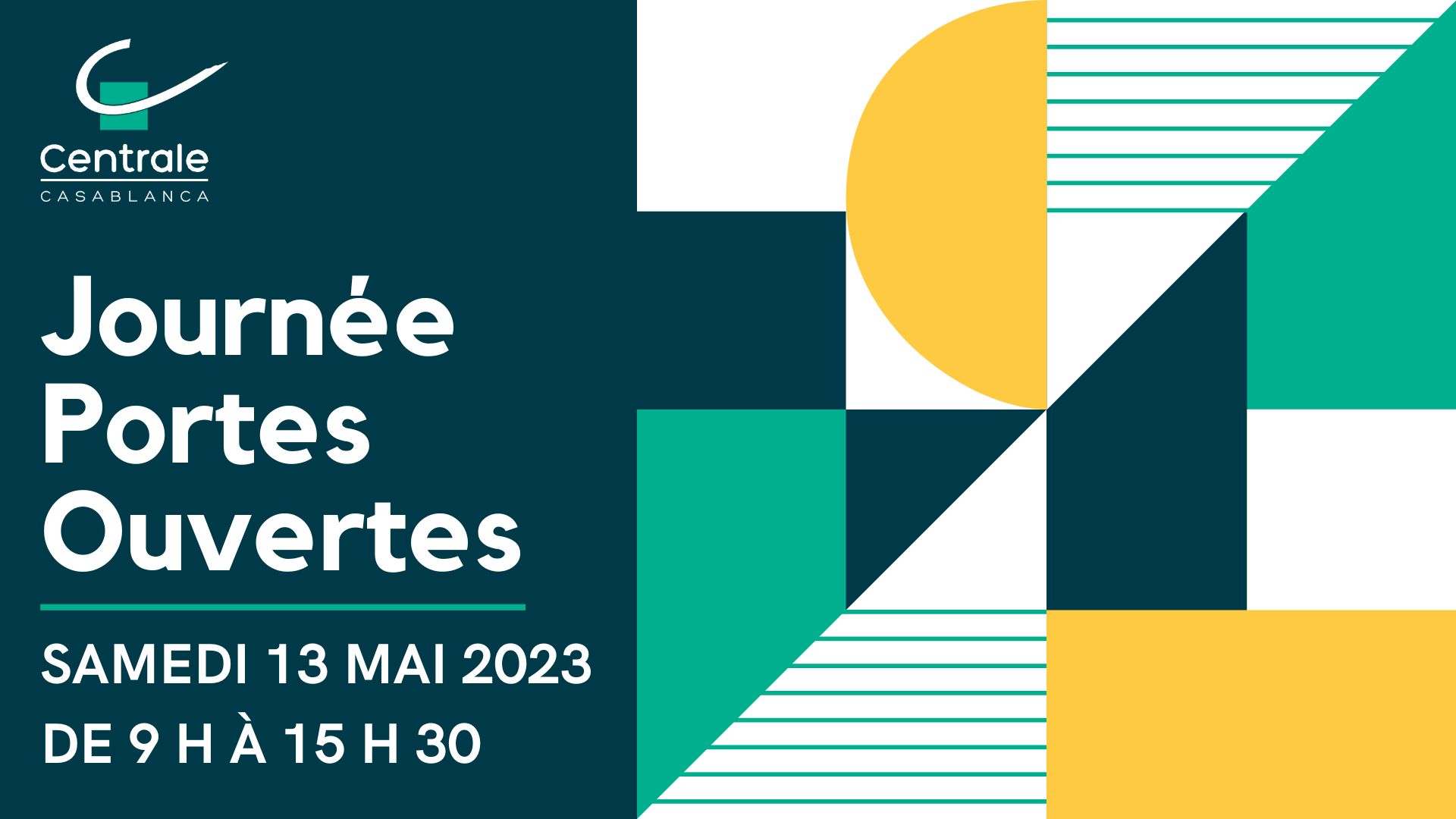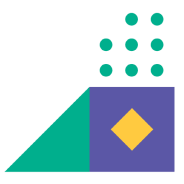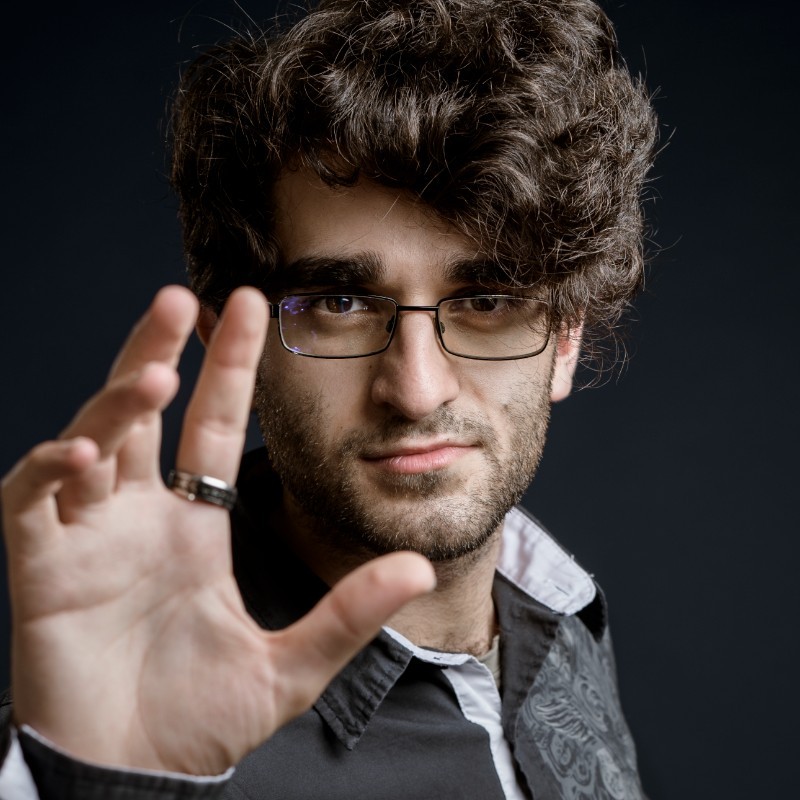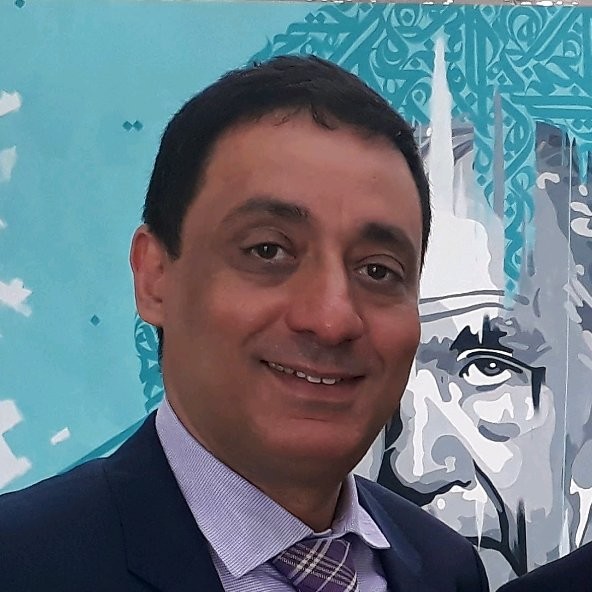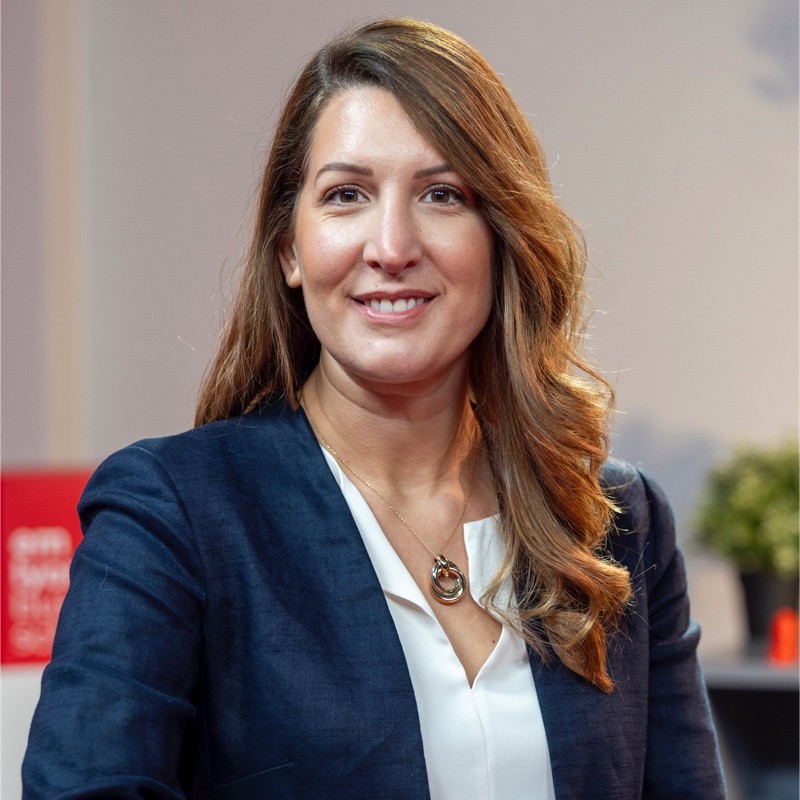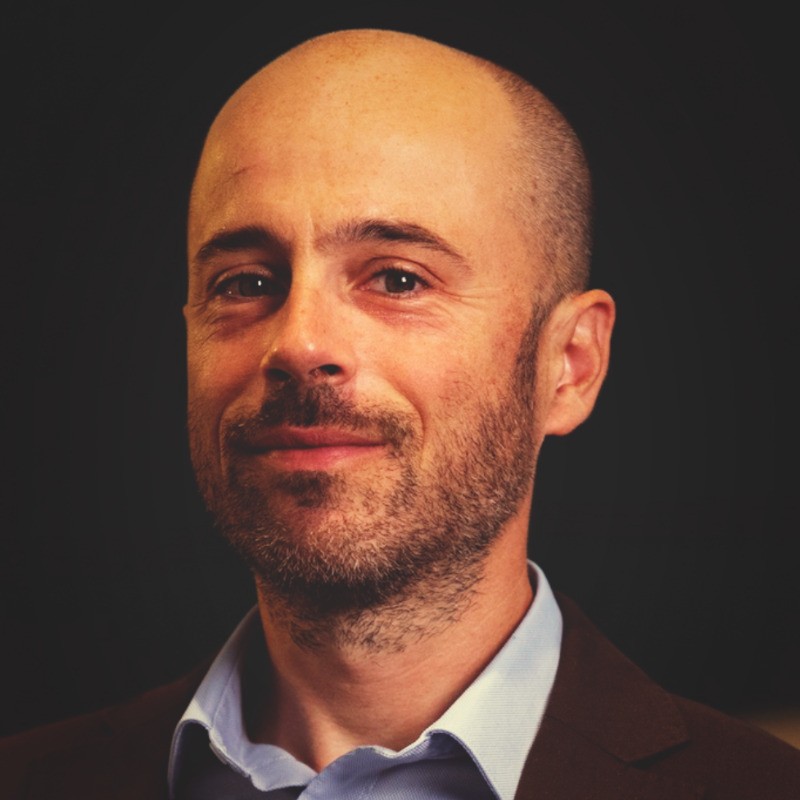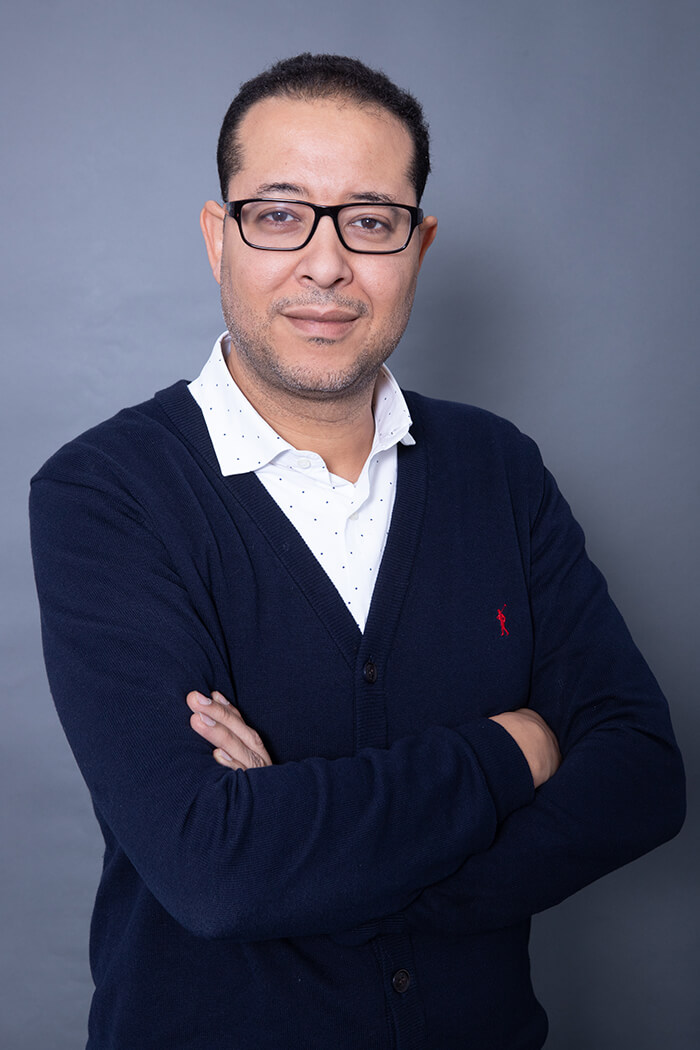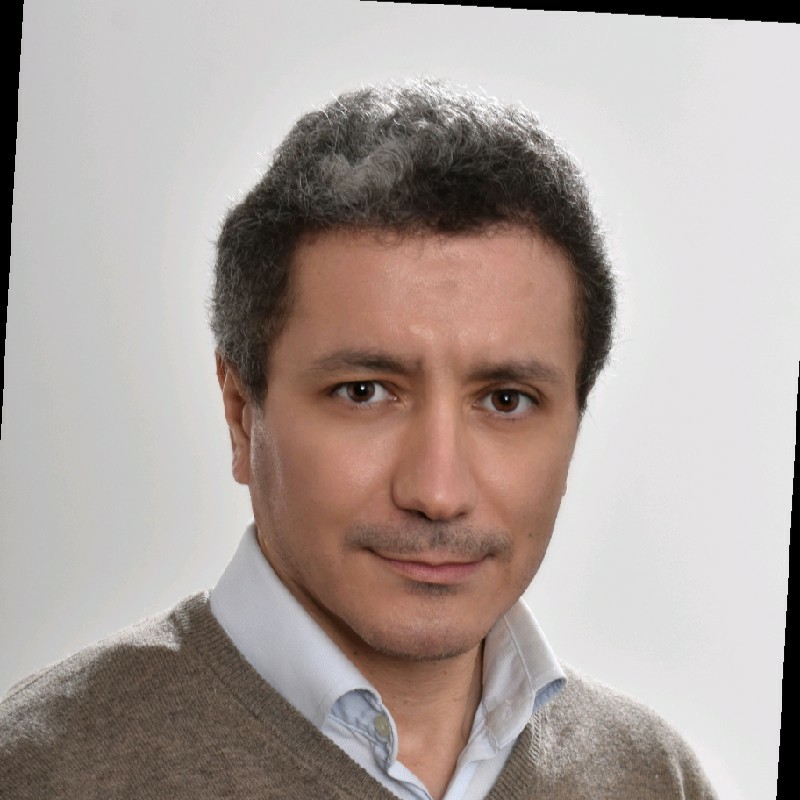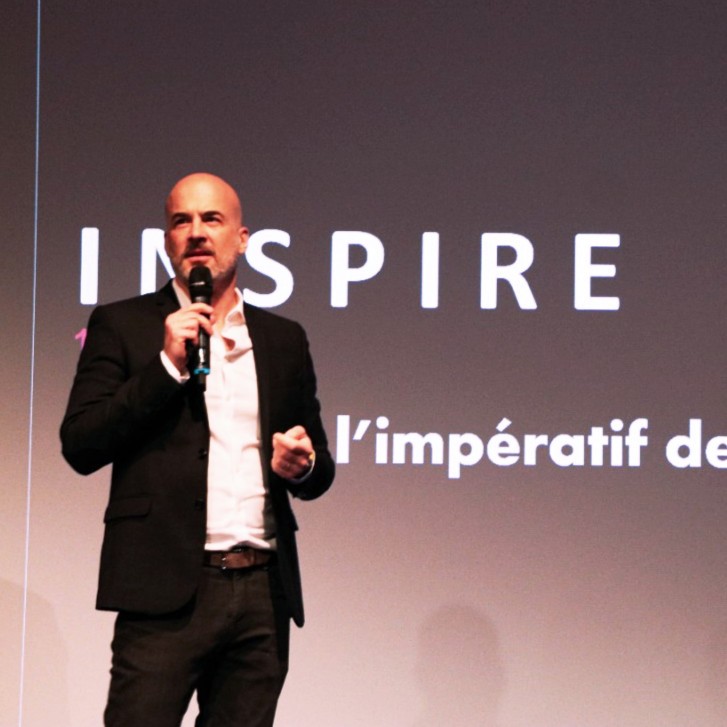Innovative projects developed by ECC students
Docufix is a project run by 2A students at École Centrale Casablanca, supervised by Professor Mohammed El Rhabi. Under his guidance and expertise, Inas Laâjraoui, Rim Mouhoub, Mehdi Chanaa and Mohamed Mamlouk worked on developing this innovative solution in the form of a mobile application.
The aim of this innovative project is to improve the resolution of scanned texts and extract their content accurately and efficiently.
Thanks to OCR (Optical Character Recognition) technology, DocuFix is able to correct any errors that may occur during the document scanning process. Whether character recognition errors, distortions or quality defects, the solution restores and optimizes scanned documents for improved legibility and comprehension.
[dflip id=”10372″][/dflip]
Carried out by Réel by our 3rd year students (Abdellatif BELMADY, Fatine BOUSSATTINE, Hamza DRIBINE and Salma KHMASSI ) under the guidance of our seasoned experts, our students have developed a solution to prevent nosocomial infections in operating theatres in collaboration with RemediA, a company specialized in the healthcare field.
Indeed, in intensive care units, around 6% to 10% of patients suffer from nosocomial infections, with risks varying according to hospital hygiene and patient profiles. These infections significantly increase the risk of infectious disease and death, while contributing to prolonged hospital stays, additional laboratory tests and anti-infective treatments. Hence the importance of preventing and anticipating nosocomial infections by detecting movements in real time.
This innovative project is based on state-of-the-art pose estimation models tested and evaluated by students. Thanks to their dedication and hard work, they have succeeded in designing a real-time motion detection solution, offering a preventive approach to reducing the risk of nosocomial infections.
Project stages include :
- Identify three pose estimation models.
- Get a complete database of operating theatres in multi-view RGB-D.
- Evaluate the performance of the three models on this database.
- Carry out a comparative study to determine the most efficient model.
- Develop an output algorithm capable of detecting any gesture contrary to aseptic protocol.
[dflip id=”10379″][/dflip]
The team of students from Ecole Centrale Casablanca, comprising MAAMAR Marouane, MOUNAJJIM Oussama, ARBAOUI Amine, EL MOUTAOUAKKIL Hajar and BANOUAR Oumayma, has developed a novel annotation-free method for medical image segmentation (MIS) of computed tomography (CT) images for COVID-19. Medical image segmentation plays a crucial role in various therapeutic applications, and most existing models require annotated datasets for supervised learning. However, this project introduces an innovative approach that eliminates the need for manual annotation.
The pipeline uses a combination of TransGAN and TransUNet models to achieve accurate segmentation of COVID-19 CT images. TransGAN generates healthy synthetic images from the original CT scans of COVID-19 patients. By subtracting these synthetic images from the originals, pseudo-masks of infected areas are obtained. The region-sensitive TransUNet model then focuses on these infected areas for precise segmentation.
This annotation-free pipeline offers significant advantages in terms of efficiency and scaling, as it eliminates the laborious task of manual annotation. In addition, the TransGAN and TransUNet models used in this project demonstrate their ability to process large images while capturing fine details, thus improving segmentation.
[dflip id=”10385″][/dflip]
The project was carried out by a team of students from École Centrale Casablanca (ECC): Hiba Bentaleb, Wiam Adnan, Mohamed Ait Hajjoub, Aymane Hanine, 3A students specializing in data science, under the supervision of Jérémie Brabet-Adonajlo (CEO of Pzartech) and Redha Moulla (consultant in data science and AI).
The aim of the project was to develop a machine learning model capable of matching common terms with descriptions of technical articles, in order to facilitate the identification of spare parts in the maintenance field. Their work has considerably reduced the time needed by technicians to identify a part by its common name, thus improving the efficiency of maintenance operations.
Using an approach based on sentence transformation models and the Sentence-Transformers library, the team was able to achieve 83% accuracy in matching common terms with article descriptions. They have also set up a fast and convenient API, using the FAISS library for similarity searching, enabling technicians to quickly obtain descriptions corresponding to their queries.
[dflip id=”10391″][/dflip]



